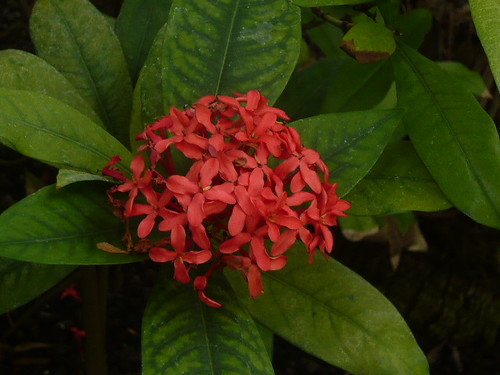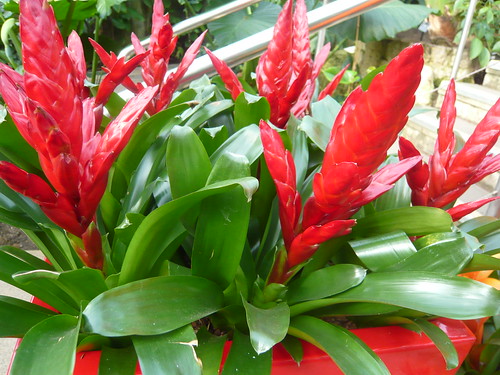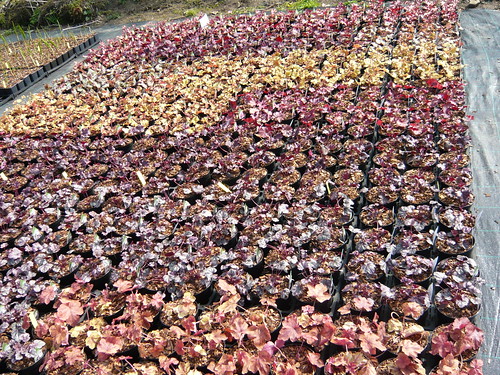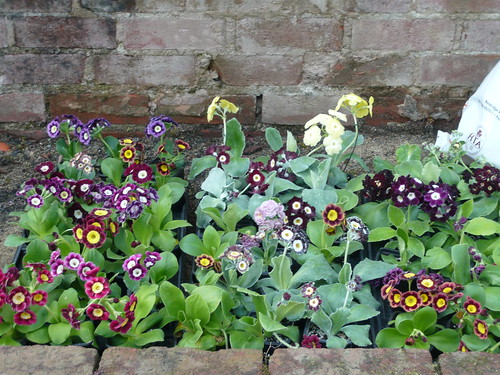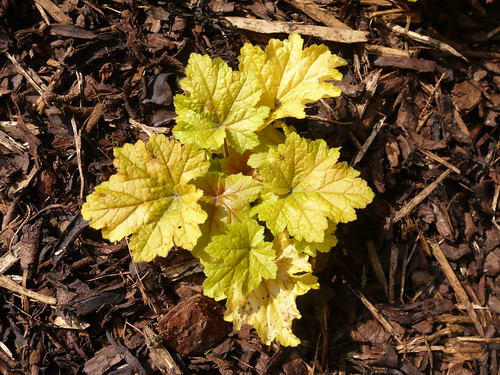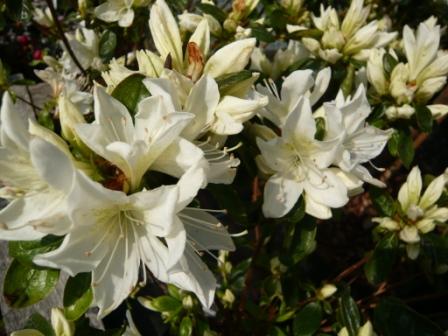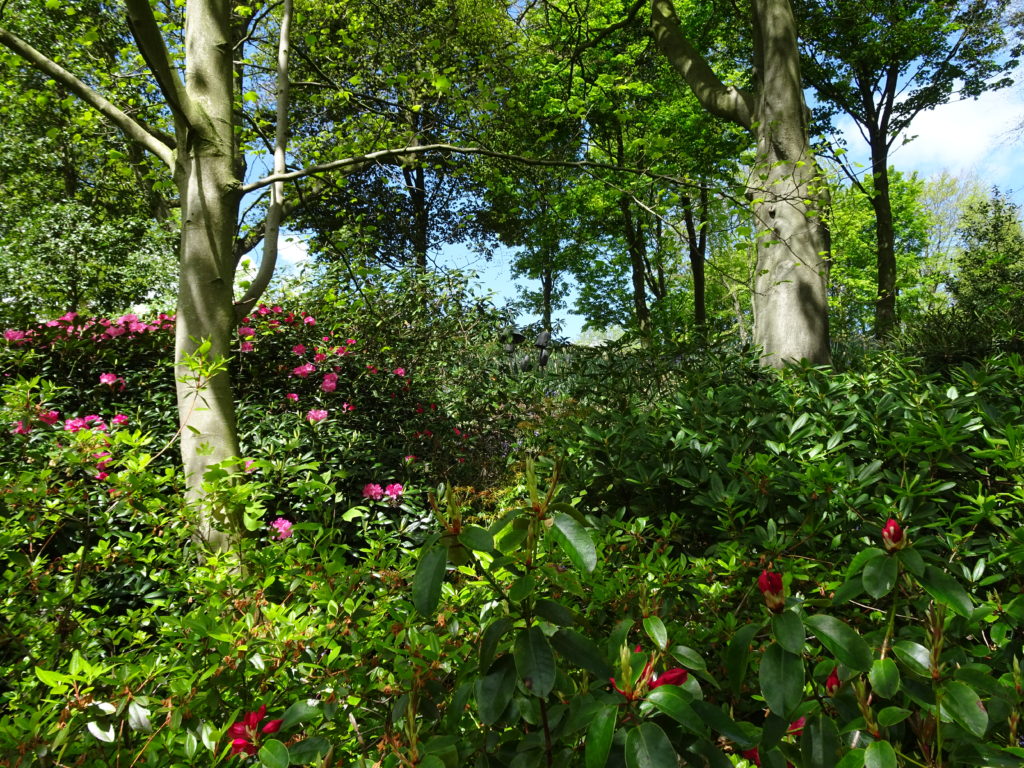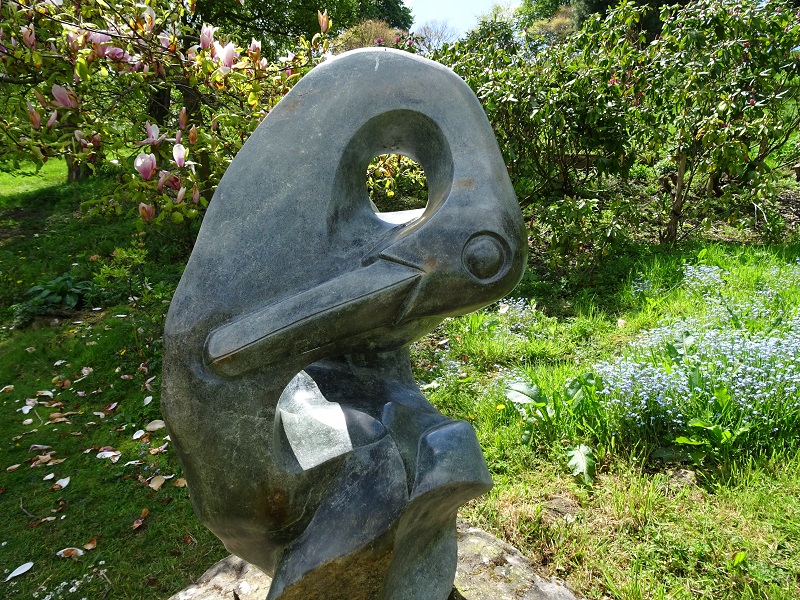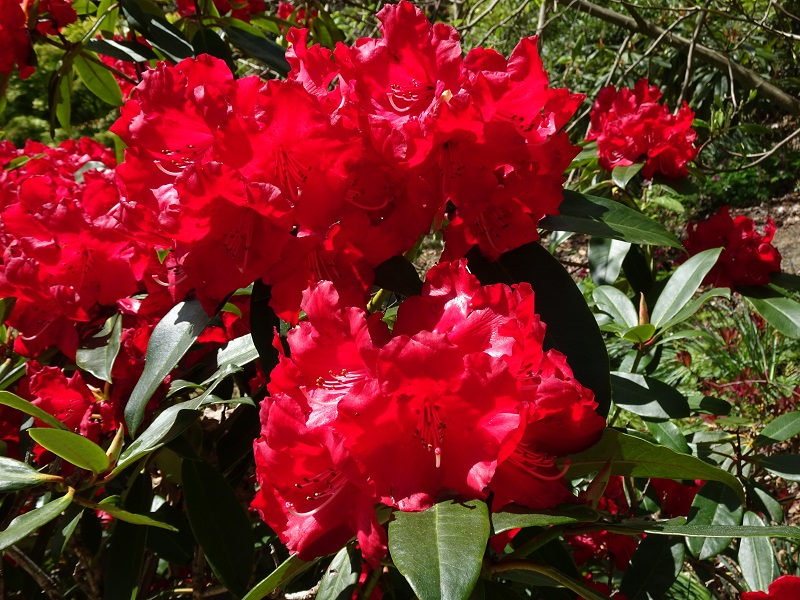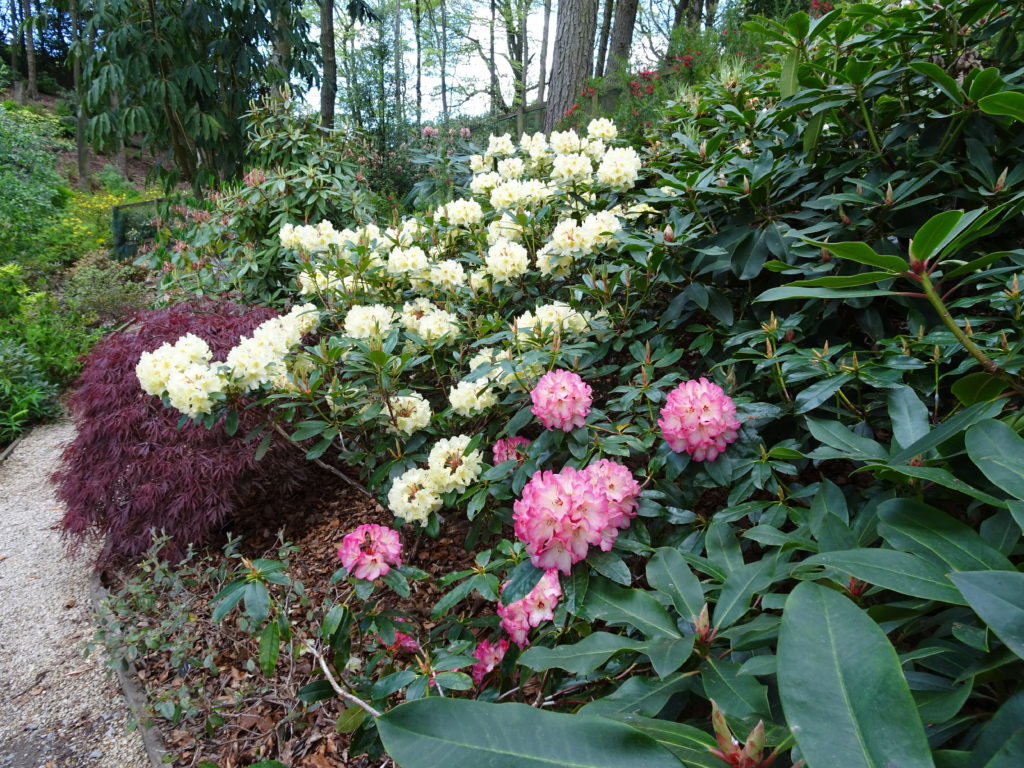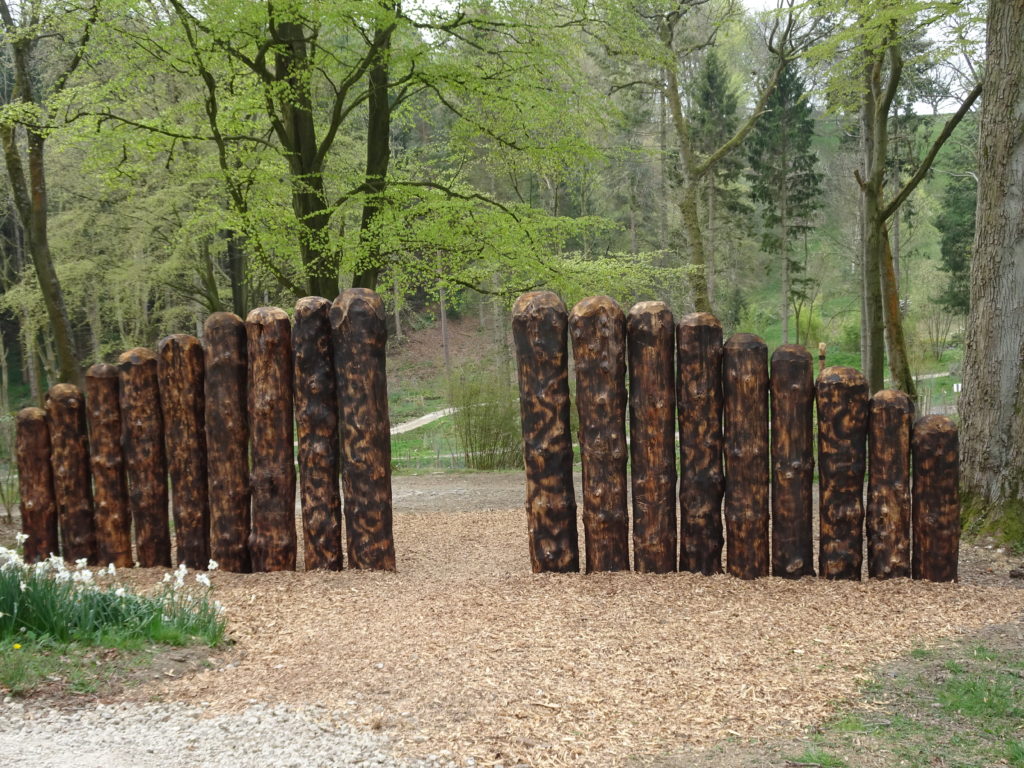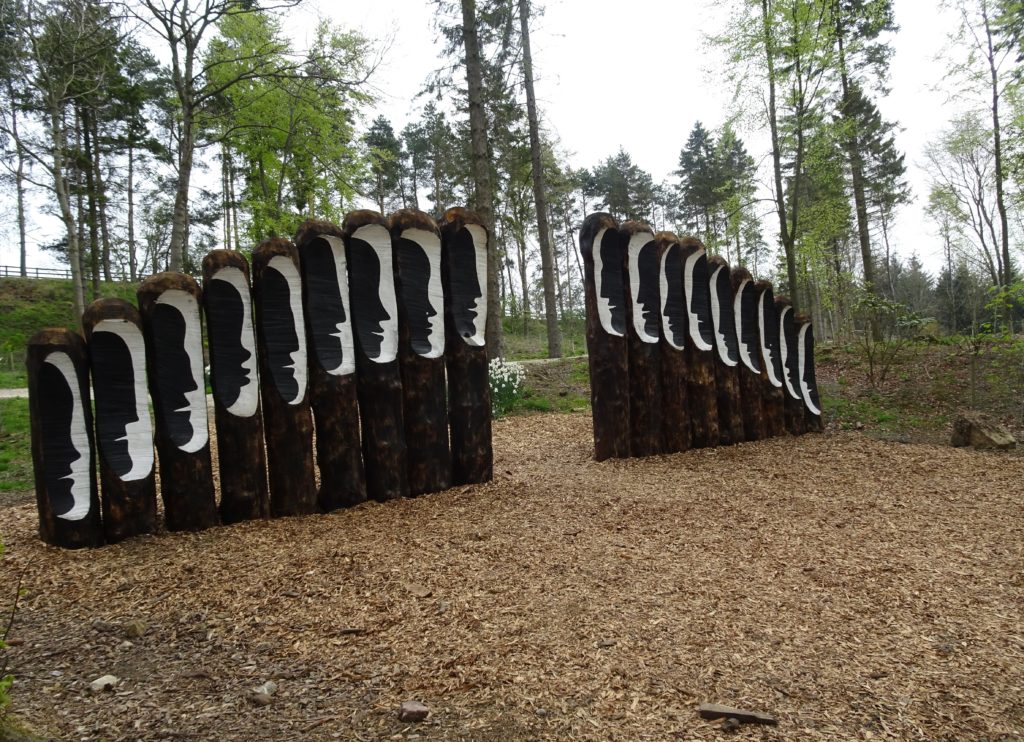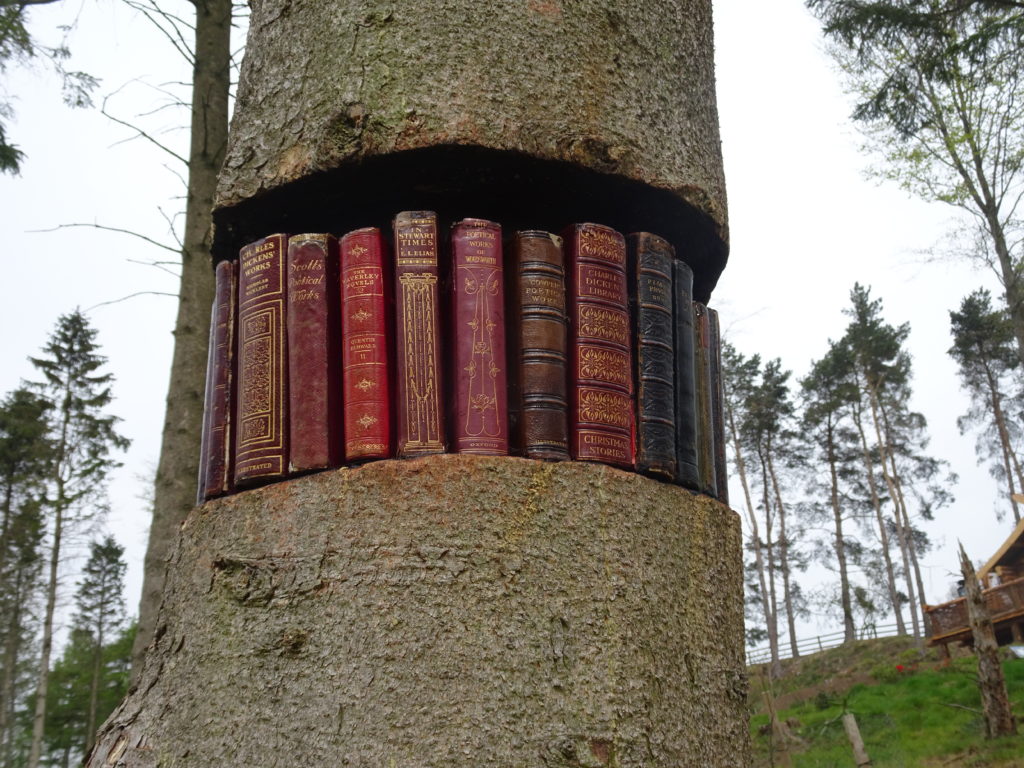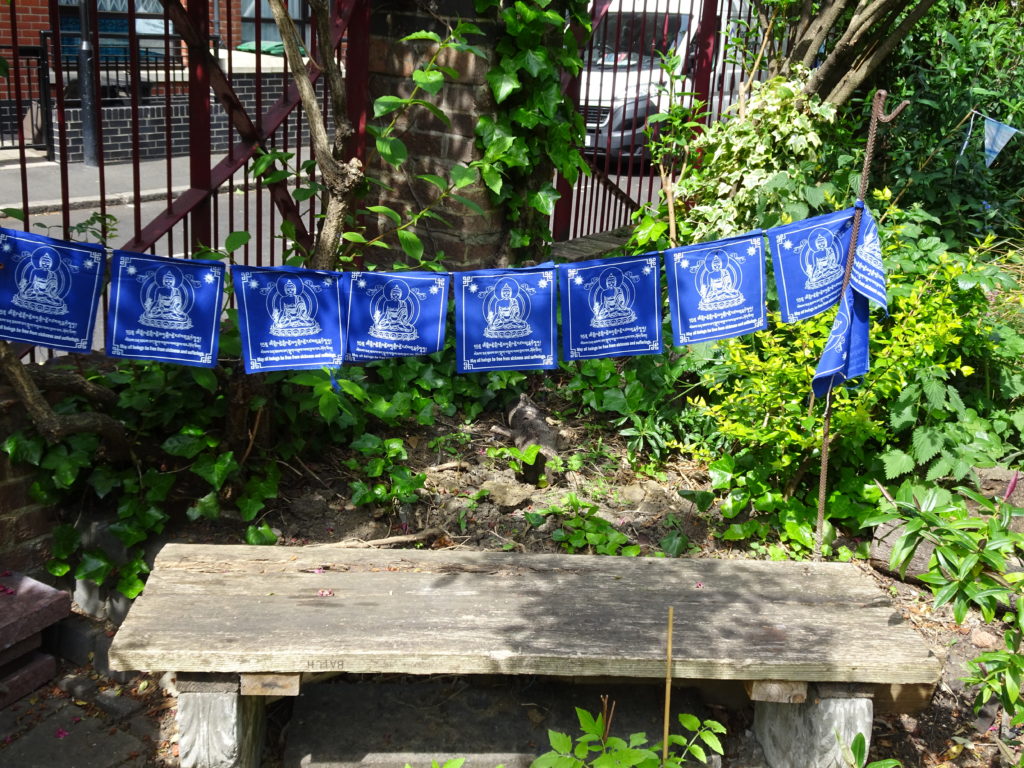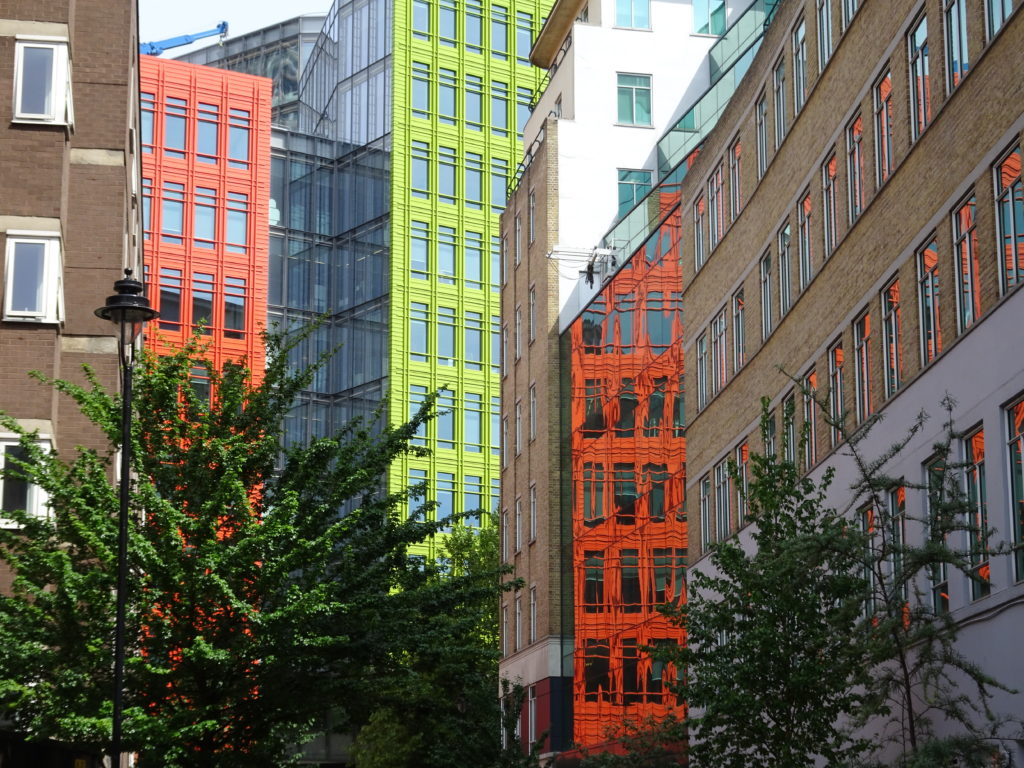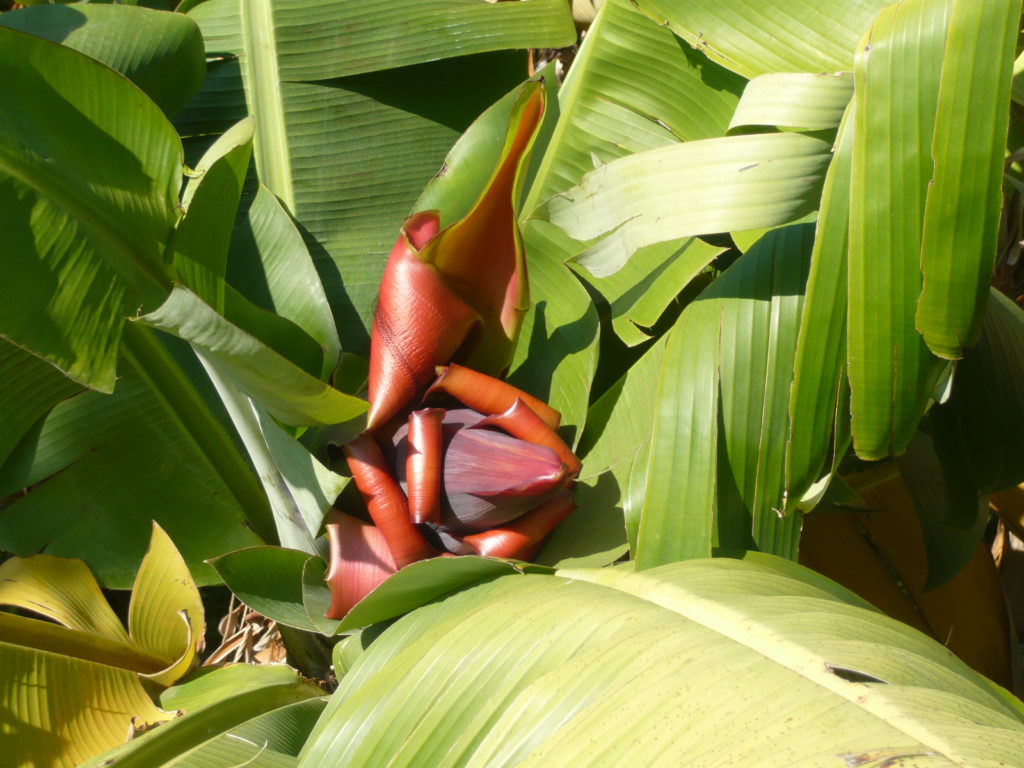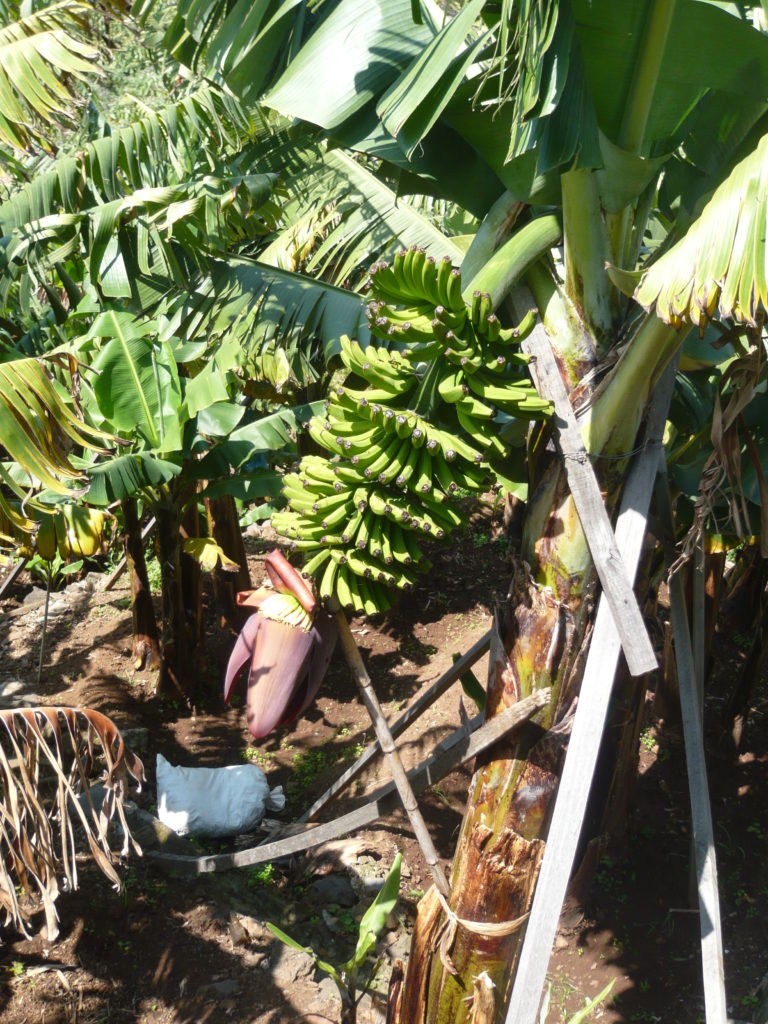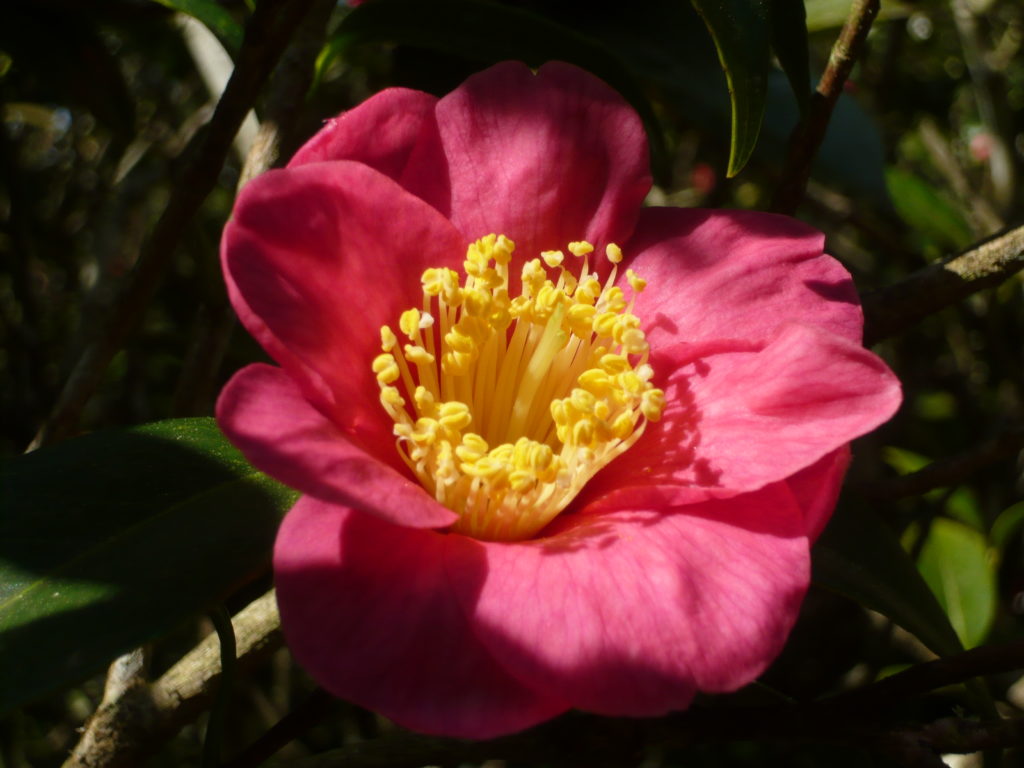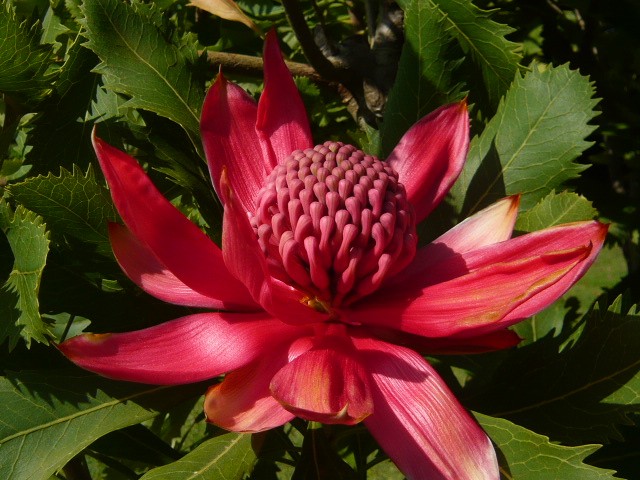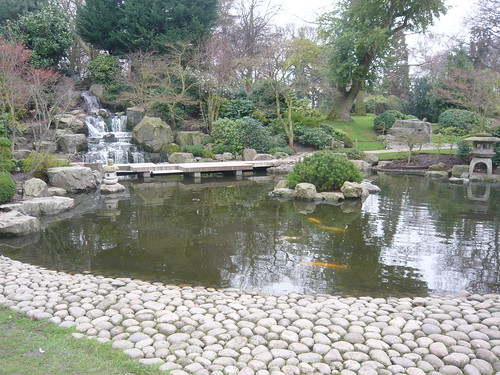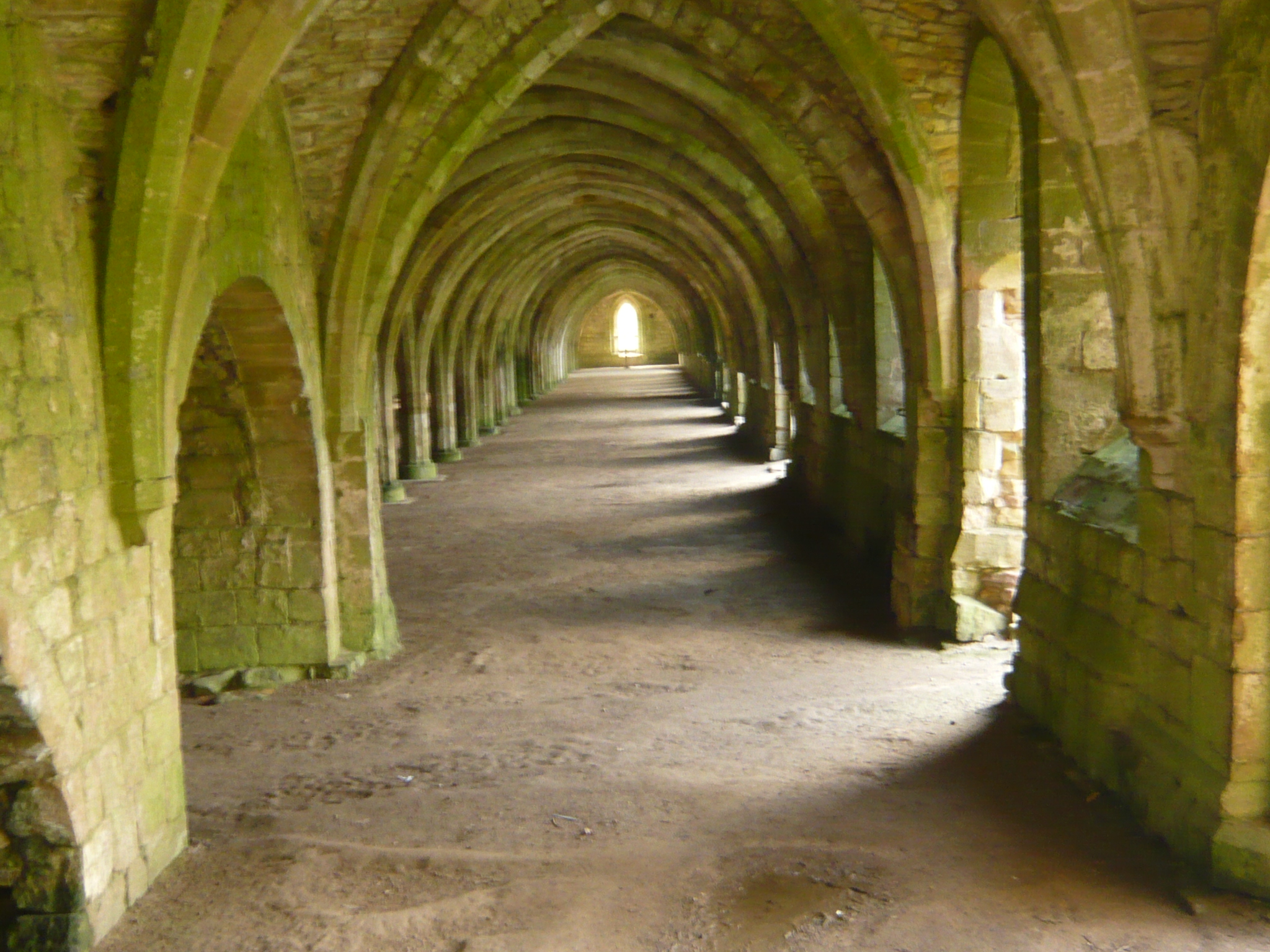Some time ago in the pre-Trump era the west lawn at the British Museum showed plants from North Americas landscape. The plants were provided in partnership with Kew but the photographs were mine taken in September.
I now wish I had also visited to see and take pictures of earlier spring and summer flowers fro N America.
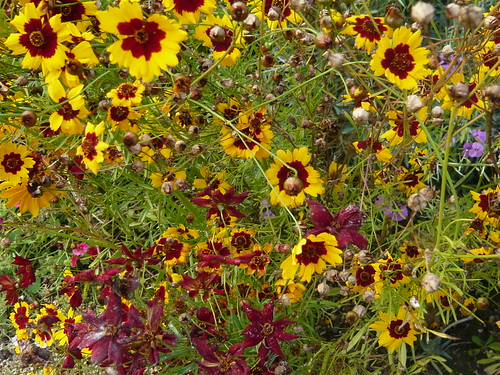
Amongst the more colourful flowers were a range of ‘tickseed’ which is the American name for Coreopsis. I like to grow these airy prairie plants even in darkest Yorkshire and you may see why from these photos.
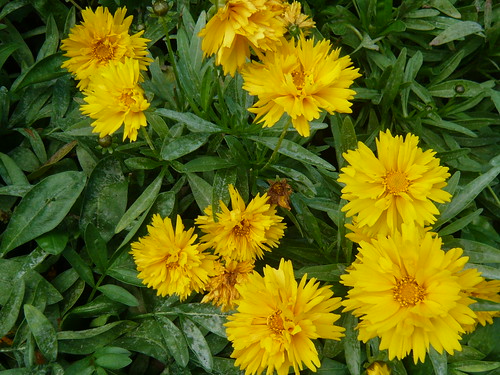
Trust me to get a photo of mildew! Must try again.
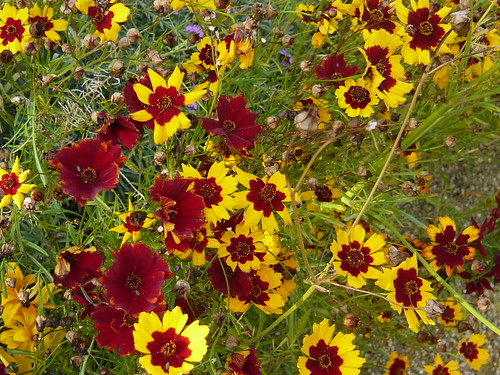
The Museum garden had a lot going on in both leaf and flower forms.
The signage was good but it wasn’t obvious to me which of three zones each plant portrayed; Woodland, Prairie or Wetland.
I am sure the wetland was represented by the wonderful insect eating Pitcher plants.
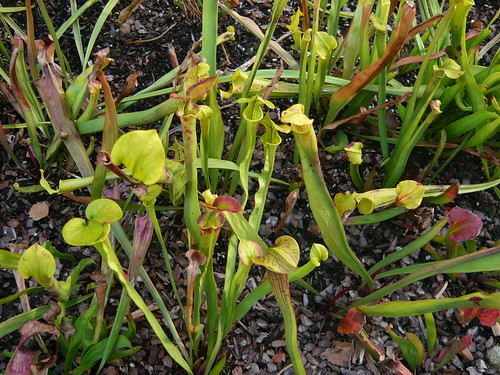
Older Pitcher plants below.
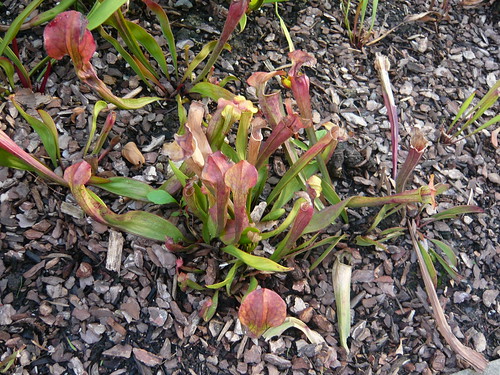

I am sure it wasn’t intentional on the part of Kew to include these British Rockies. I am sure the real thing are more awe inspiring.
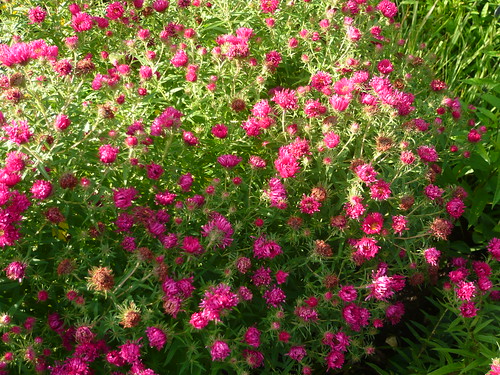
For me the September light set off these New England Asters a proper treat.
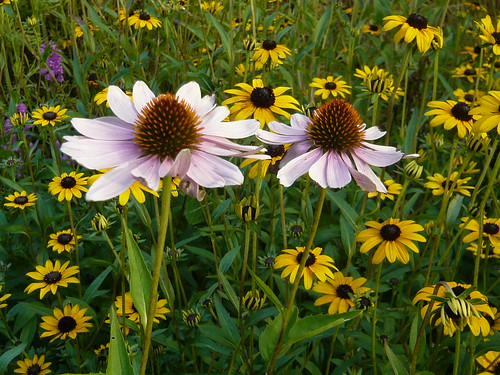
Cone flowers Echinacea purpurea held there own!
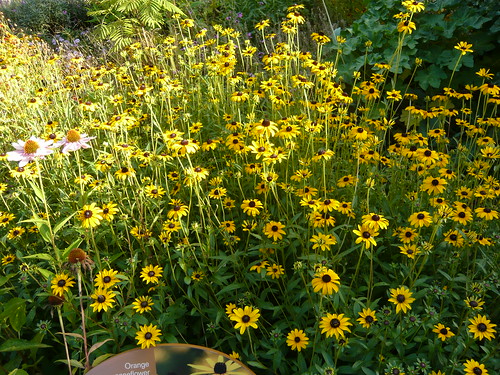
Orange Coneflower Rudbeckia fulgida. The seeds feed finches and Native Americans used a wash from the plant for snake bites, earache and for a variety of other medicinal purposes.
First known in England in 1789 when they were described by Wm Aiton the first curator at Kew and ‘His Majesty’s Gardener at
Kew and Richmond ‘.

